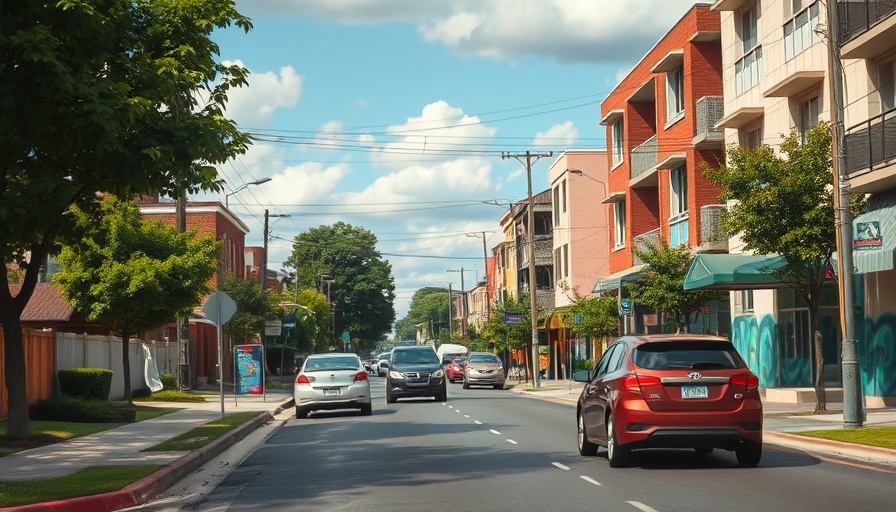
Pensacola’s BLM Mural at Risk: The Clash Between Art and Regulations
Pensacola is at a crossroads as the future of its Black Lives Matter (BLM) mural hangs in the balance, following a controversial memo from the Florida Department of Transportation (FDOT). This directive mandates the removal of street art with 'social, political, or ideological messages,' potentially jeopardizing cherished community artworks and, perhaps, funding for local projects.
Understanding the Context: How the Mural Came to Be
The BLM mural, painted in June 2020, was a response to the national outcry following George Floyd’s tragic death. The initiative was led by local activist Durrell Palmer, who passionately rallied volunteers and artists to create a symbol of unity and hope at a time when the community needed it most. Notably, FDOT had initially approved the mural as part of a broader initiative to honor civic expression. This approval underscored a moment when many cities across the U.S. embraced art as a medium for social dialogue.
What the New Regulation Means for Local Pubic Art
The recent memo from the FDOT presents both challenges and opportunities. Mayor D.C. Reeves has indicated that the city will comply with state law, yet the community's emotional attachment to the mural reflects deeper conflicts over freedom of expression and government regulations. The BLM mural is more than just colorful paint—it's a statement of pride, resilience, and community identity, particularly following the loss of its founder.
Potential Impact on Future Art Installations
The implications of this regulation extend beyond just the BLM mural; they could stifle future artistic expressions in public spaces. The denial of permits for murals like 'White Lives Matter' and 'Blue Lives Matter' indicates a precarious balance that city officials must navigate between permitting community expression and adhering to state guidelines. As local artists and activists grapple with these limitations, the question arises: how do communities assert their identities in a landscape that may not welcome them?
The Community's Response: A Call for Dialogue and Action
Community members and advocates have voiced their concerns about the impact of these regulations. They argue that art, especially public art, should reflect the values and voices of its community. Therefore, many are rallying for a discussion on how Florida's regulations can be reconciled with the need for local voices to be heard in the public sphere. Initiatives to protect and advocate for public art can mobilize citizens to come together in support of creative expression.
Conclusion: Embracing Creative Freedom in Pensacola
As Pensacola navigates the implications of the FDOT directive, it is essential for the community to advocate for its unique identity and preserve its creative narratives. Whether through social media campaigns, community forums, or collaborations with local artists, all voices should contribute to a dialogue that celebrates Pensacola's artistic spirit. Let's encourage a preservation of our shared history while ensuring that art remains a vibrant part of our community's future.
Join the conversation about preserving public art in our city and discover ways to support ongoing initiatives that celebrate local voices. Stay engaged and let your voice be heard!
 Add Row
Add Row  Add
Add 




Write A Comment